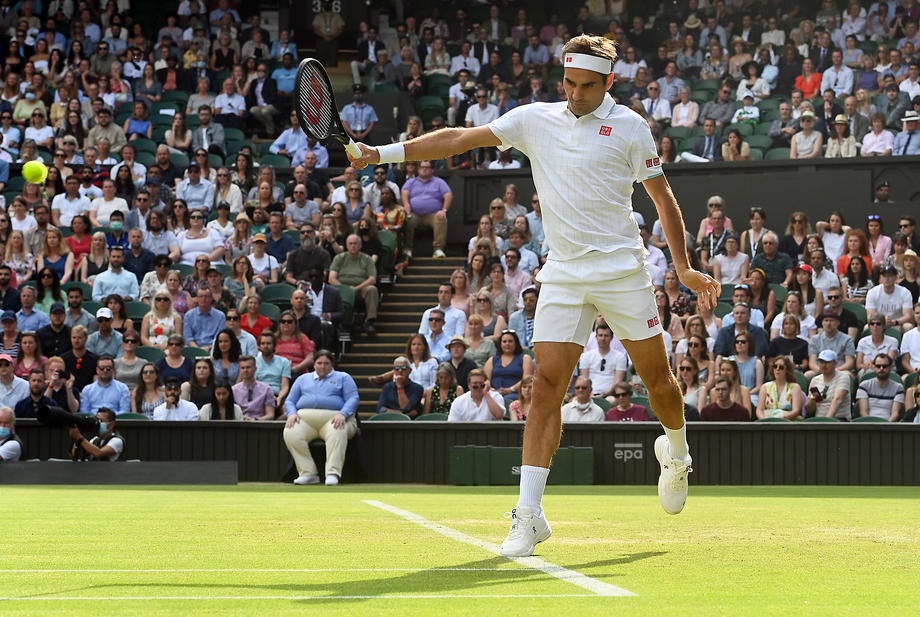- Australian Open Tennis 2025 Ends with Madison Keys and Jannick Sinner As Winners By Alix Ramsay
- 2025 Australian Open Final Draws
- Jannik Sinner Sweeps Alexander Zverev for Second Straight Australian Open Title
- Ricky’s pick for the Australian Open final: Sinner vs. Zverev
- Australian Open Draws and Order Of Play for Sunday, January 26, 2025
- Madison Keys Upsets Defending Champion Aryna Sabalenka in Australian Open Final Thriller
- Ricky’s pick for the Australian Open final: Sabalenka vs. Keys
- Australian Open Draws and Order Of Play for Saturday, January 25, 2025
- The Australian Open Has Always prided Itself As the “Happy Slam” by Alix Ramsay
- Australian Open Draws and Order Of Play for Friday, January 24, 2025
- Ricky’s pick for the Australian Open semifinal between Djokovic and Zverev
- Courageous Keys Stuns Swiatek for First Australian Open Final
- Australian Open Draws and Order Of Play for Thursday, January 23, 2025
- Ricky’s pick for the Australian Open quarterfinal between Sinner and De Minaur
- Australian Open Draws and Order Of Play for Wednesday, January 22, 2025
Charleston WTA Volvo Tennis Event “The Clay Ballet” by Craig Cignarelli
- Updated: April 6, 2018
Photo by @VolvoCarOpen via Twitter
When professional players compete in high level tournaments, one of the goals is to leave their mark on the event. At the Charleston 800K this week, as they seek to make their marks, many women are sliding, skidding and slipping on the green clay. The array of footprints looks as if Monet decided to try abstract art. There are short strides and long strides traveling in various directions and the well-traversed path cuts a wide swath from ten feet behind the baseline to two feet in front of it. Moreover, there is a less-worn trail from the baseline to the net which resembles a hopscotch template because of the consistent split step around the service line. In the early rounds, most of the footprints reside between the singles sidelines. As the tournament goes deeper into the draw, slide marks appear beyond the doubles alleys, because higher level tennis requires players to stretch the court.
For your average amateur athlete, mimicking the footwork of professional players seems implausible. The ability to consistently take nine to eleven steps per shot requires great conditioning, agility drills, and an understanding of the perfect relationship between the ball and the body which strikes it. However, that does not prevent us mere mortals from walking in their footsteps. As an exercise, cover the top two-thirds of the television screen and isolate the movement of the player closest to you. You’ll see skip steps and hop steps and jump twists, right and left foot launches and two foot pivots, one foot landings, open and semi-open and closed stances, split steps and drop steps and even a few moves which Fred Astaire would admire.
The idea here is not to say we should emulate all of these movements. Rather, aspiring amateurs might realize there are some consistent movement patterns on the tennis court. More importantly, those movement patterns evolve and extend as tournaments progress. Learning the difference between the early round movers and the late round movers can inform your own development.
Lesson: If you want to understand people, walk a mile in their footsteps. If you can conquer the paths they’ve traveled, you too will have made your mark.






